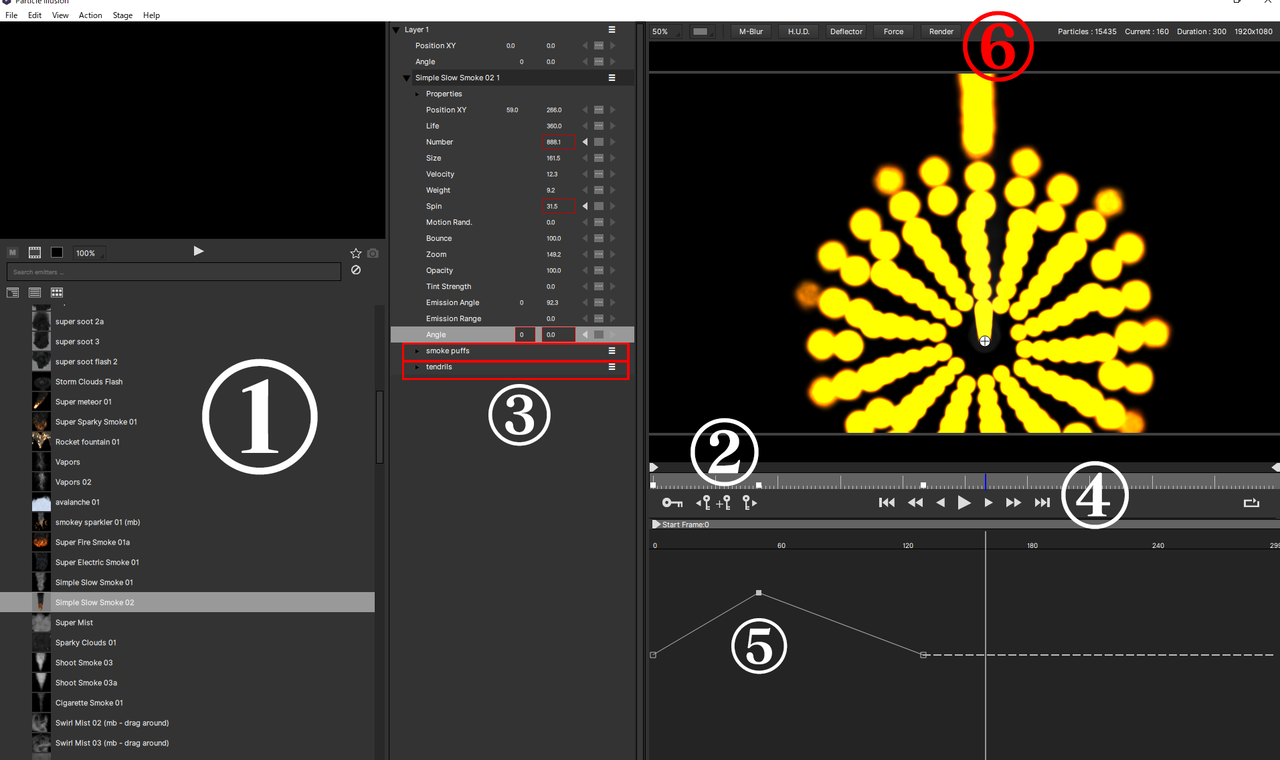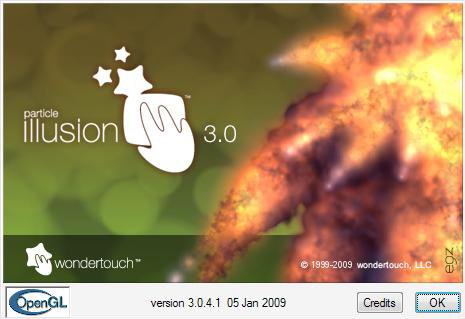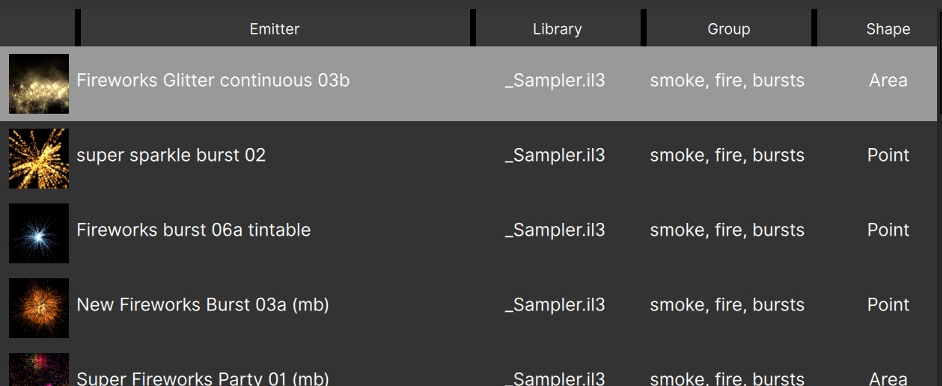

With help of mathematics Blender calculates the speed vector from the texture. "Grad" means the gradient of the texture. In this tutorial we use last option: Grad. Red is for x component of speed, Green for Y and Blue for Z component. In option RGB Blender calculate speed and movement of particles according color of texture. Int is default settings for particle systems. You have the option to choose between: Int ,RGB and Grad. This will make the particles fall down.Ī very important thing is setting Blenders animation system. With this value particles will not spread too much. As I mentioned before this value makes the particles "listen" to the texture.

Because we use a texture to determine the particle movement set Tex to 2. Keys are very important when we must have fluid particle movement, so set Keys to 32. For the first and last frame we use value:1 to 250.Life is set to 86. In the default scene apply a new material to the Plane and use this picture as texture (it's packed in the blend file). This picture will "tell" the particles to follow the shape of letter, which creates a very interesting effect. Let it be black texture with big white letter "B" in the middle. Make it in any graphic program like Gimp or Photoshop.
#HOW TO GET MORE EMITTERS ON PARTICLE ILLUSION HOW TO#
I will divide this tutorial in two parts: in the first part I will tell you how to get "solid" particle movement, and in the second how to make particles go in the turbulence using texture.įirst of all you need a texture. This unique Blender feature use the eighth texture channel to calculate the particles movement. I want to teach you how to command particles where to go. You can give every family of particles a different material, make fireworks, use static particles for hair and plants and give them a shadow. Blend files with particles are small because particles are of a procedural nature, but you need more computer power to preview the scene in real-time.

You can use them in any segment of animation.


 0 kommentar(er)
0 kommentar(er)
